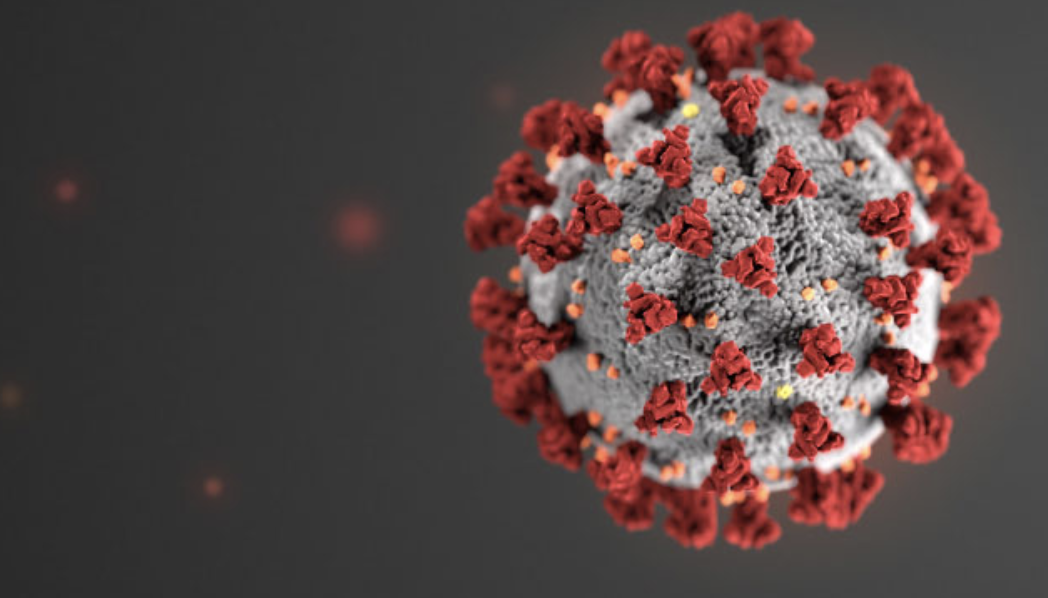
AMES, Iowa—Lily Wang, associate professor of statistics at Iowa State University, is leading a research team whose statistical models are helping the Center for Disease Control and Prevention (CDC) track and predict COVID-19 deaths in the United States. Using the team’s models and forecasts, the CDC is able to more accurately assess how COVID-19 will impact the nation.
The CDC releases weekly national and state forecasts of COVID-19-related deaths for the next four weeks. These predictions are generated using 15-20 statistical models from universities and research groups.
“We are honored to be one of the teams that the CDC is relying on to better understand, control and forecast COVID-19 deaths in the United States,” Wang said. “There are many uncertainties with a novel coronavirus and one way to answer these important questions is through scientific modeling.” Wang said.
The CDC national forecasts, which include the Iowa State models, can be viewed here.
County level analysis: A deep dive into COVID-19 data
Wang’s research team is the first to generate COVID-19 forecasts for all 3,104 counties in the 48 contiguous states and the District of Columbia. Their methods provide 7-day forecasts as well as long-term projections for infection and death counts at the county and state level.
These statistical models are more than mathematical exercises. They provide real-time analysis with COVID-19 infection and fatality data from John Hopkins University, The New York Times, The Atlantic, USAFacts, the World Health Organization and the CDC. County-specific data, which includes information about a variety of local features, is gathered from state and county health departments, local databases, census data, government press releases and the U.S. Department of Transportation.
“We delve deep into the dynamics of these counties. We even analyze the number of hospital beds in the area, the healthcare infrastructure and local healthcare expenditures,” Wang said. “Detailed, county-specific modeling provides a thorough and richer understanding of how COVID-19 is impacting communities.”
Local demographics, such as male-to-female ratios, age and minority populations are also factored into the county models. The status of local control policies—such as shelter-in-place orders, social-distancing mitigation and regulations on businesses and schools are analyzed, along with county-level mobility data.
“Learning more about vulnerable communities and understanding the reasons why those communities are more susceptible to COVID-19 is critical information that policymakers and local leaders need to slow the spread of this virus and ultimately stop the pandemic,” Wang said.
Making the data and forecasts accessible
In addition to contributing to CDC forecasts, Wang’s group is also focused on analyzing the pandemic’s impact on local economies, labor markets and financial markets. A core goal of their research is to help local leaders, families and citizens make data-informed decisions as they navigate the everyday realities of COVID-19.
Wang has partnered with researchers from William & Mary to develop an interactive, web-based dashboard for viewing their statistical findings on easy-to-navigate maps. With a simple click, users can find COVID-19 infection and fatality forecasts for every mainland state and county in the United States.
“Whether a parent is deciding to return their child to daycare; a business owner is contemplating a re-opening; or a hospital official is assessing their PPE stockpiles, it’s important that the general public also has access to evidence-based, decision-making tools,” Wang said. “Relying on science, data and facts is an optimal way for citizens, researchers and local decision makers to keep themselves, their families and their communities safe.”
The dashboard is available here